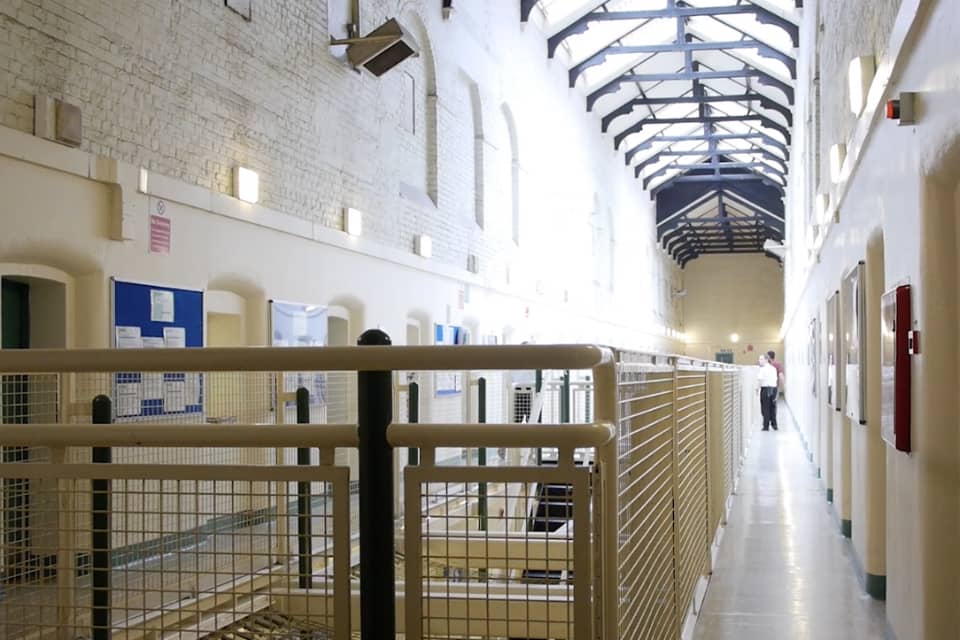When we think of the most dangerous prisoners in the world, the likes of Charles Manson or Jeffrey Dahmer might come to mind. However, the UK has seen its fair share of high-profile, violent criminals throughout its history.
As of 2023, the following individuals have been branded as some of the most dangerous prisoners in the United Kingdom. Their crimes have shocked the nation, and their life inside prison has remained a topic of intrigue and controversy.
Table of Contents
UK Prison System
The UK prison system, comprising England, Wales, Scotland, and Northern Ireland, houses more than 80,000 prisoners. The institutions range from open prisons, designed for low-risk inmates, to high-security prisons or Category A facilities. It is in these Category A facilities where the most dangerous criminals, those who pose the greatest risk to public safety or the security of the state, are housed. The system aims not only to punish but also to rehabilitate, offering various programs to help prisoners reintegrate into society upon release. However, some inmates are deemed so dangerous that their release is unimaginable.
How Prisons Deal With Violent Prisoners
The management of violent prisoners requires a mix of stringent security measures, psychological interventions, and controlled routines. High-risk inmates are subjected to close supervision, and their interactions with other prisoners and staff are often limited. Many are kept in solitary confinement or ‘the block’ for extended periods, especially if they display violent behaviour while incarcerated.
Additionally, specialized teams of officers are trained to deal with eruptions of violence, while behavioural therapists work closely with these inmates to address the root causes of their aggression. The goal is to ensure that the broader prison population and staff remain safe, while also attempting to rehabilitate the violent prisoner, if possible.
Charles Bronson
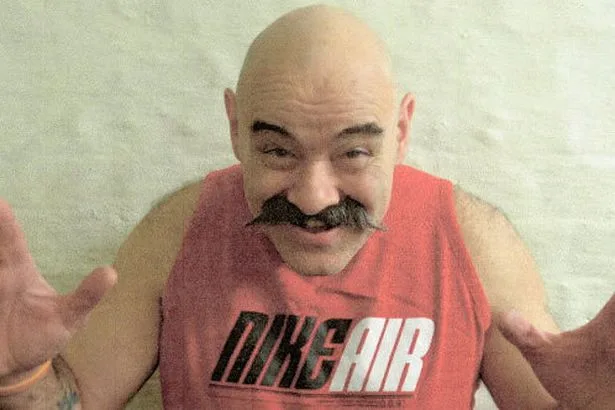
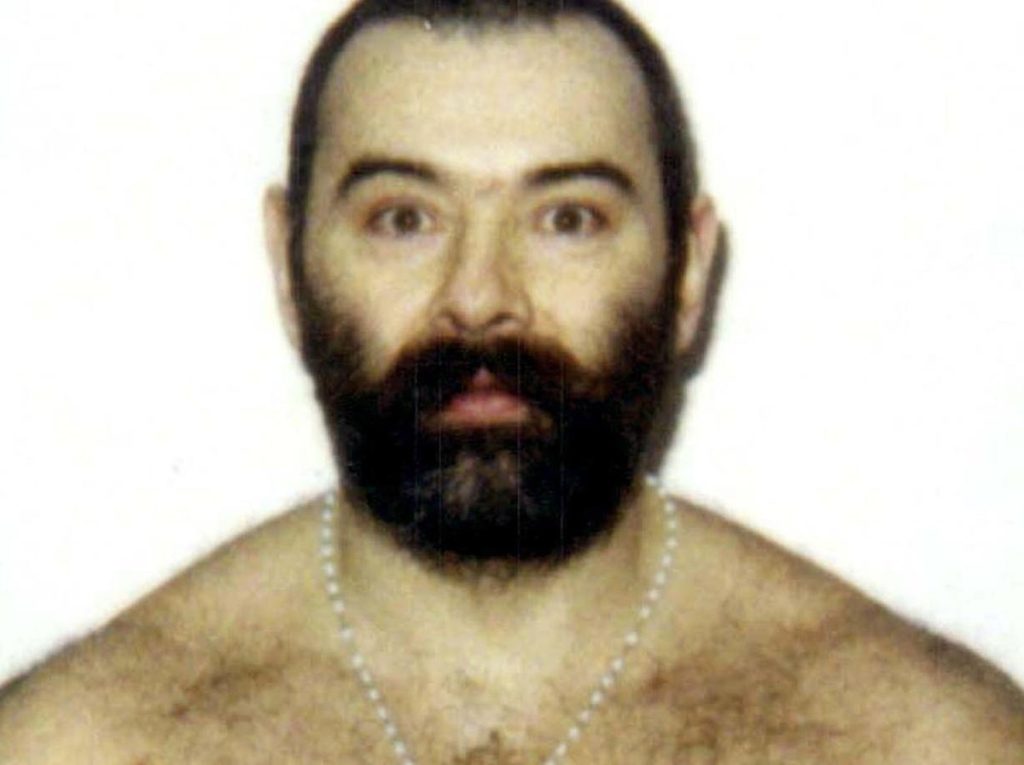
Arguably the most notorious prisoner in the UK, Charles Bronson, now known as Charles Salvador, has been in prison since 1974, with a majority of that time spent in solitary confinement due to violent behaviour. Initially incarcerated for armed robbery, his sentence was extended numerous times following hostage-taking incidents and attacks on prison staff. Although he has never killed anyone, his unpredictable nature and propensity for violence make him one of the UK’s most dangerous prisoners. In recent years, Salvador has turned to art and expressed a desire for a peaceful life, although his reputation precedes him.
Robert Maudsley


Nicknamed “Hannibal the Cannibal”, Robert Maudsley is another of the UK’s most dangerous inmates. He was convicted for a series of murders, some of which occurred inside prison walls. Disturbingly, there were rumours (though never confirmed) that after one of his murders, Maudsley consumed part of his victim’s brain. Because of his violent tendencies even in prison, he has been kept in solitary confinement for over 40 years in a specially constructed cell at Wakefield Prison.
Damien Fowkes


A less known but equally dangerous inmate is Damien Fowkes. While serving his sentence, he managed to slash the throat of Ian Huntley, a notorious prisoner himself, and later killed child killer Colin Hatch. Fowkes’ propensity for violence against other inmates, particularly high-profile ones, poses a unique challenge for the prison authorities, highlighting the complexities of managing inmates who may be targets due to the nature of their crimes.
Using a razor blade melted onto plastic utensils, Fowkes inflicted a severe seven-inch wound on Soham Killer, Ian Huntley’s neck. Already incarcerated for a series of violent armed robberies, Fowkes confessed in Hull Crown Court yesterday to the assault, which took place at Frankland Prison, Co Durham, the previous March.
Mark Hobson
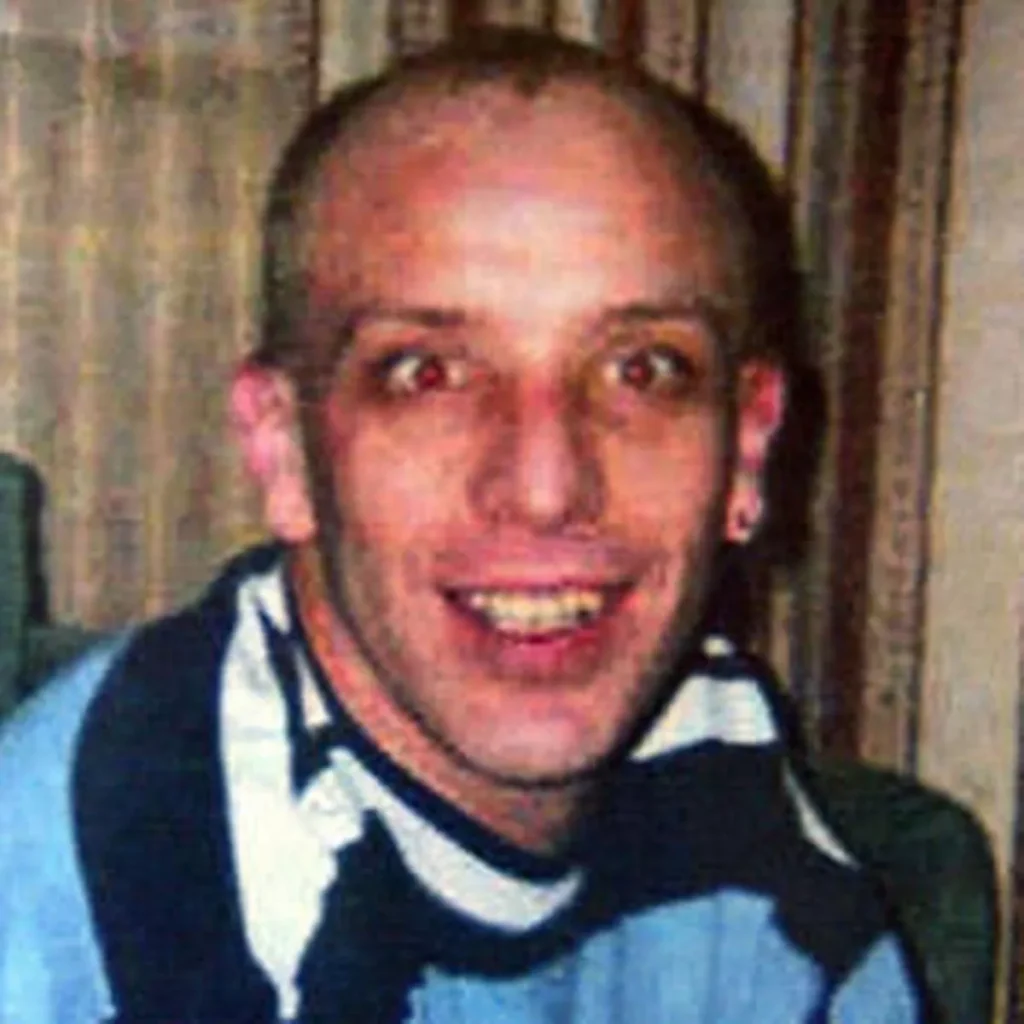

Mark Hobson, the so-called “Bin Bag Killer”, embarked on a week-long killing spree in 2004, leading to the deaths of four people. His brutal crimes and his apparent lack of remorse have landed him in Category A facilities. While he has been less problematic in prison compared to others on this list, the sheer brutality of his crimes makes him a noteworthy inmate.
Joanna Dennehy
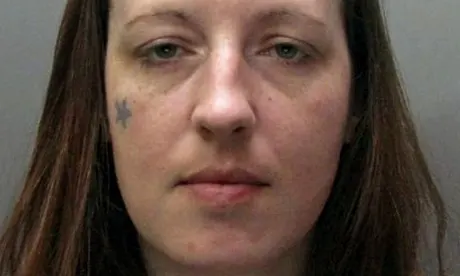

A rare case of a female serial killer, Joanna Dennehy is responsible for the murder of three men, whose bodies were found dumped in ditches in Cambridgeshire. Additionally, she attempted to kill two other men. Dennehy’s apparent enjoyment of violence and her self-proclaimed “love for killing” make her one of the most dangerous women in the UK prison system.
Her crimes and her demeanour have been the subject of much psychological analysis, as society grapples with understanding what drives such individuals.
The tales of these notorious prisoners serve as a stark reminder of the complexities that lie within the realm of crime and punishment. Each story, though varying in its degree of brutality, underscores the depth of human capability when it comes to violence and malevolence. The UK’s prison system, much like other such systems around the globe, grapples with the profound challenge of not just housing these individuals, but addressing the broader questions their existence raises.
Firstly, what pushes certain individuals to the brink, causing them to commit such heinous acts? It’s a haunting puzzle that has intrigued criminologists, psychologists, and sociologists for decades. While some argue the root lies in socio-economic backgrounds, others believe personal traumas or inherent psychological predispositions play a larger role. Regardless of the origins of such criminal behaviours, the repercussions echo not only in the lives of their victims but in society’s consciousness as a whole.
Furthermore, the challenge lies in the juxtaposition of the dual goals of the prison system: punishment and rehabilitation. For most inmates, the hope is that with time, education, therapy, and other interventions, they can be reintegrated into society. However, when faced with inmates of such extreme profiles, the very feasibility of rehabilitation comes into question. Can such deeply ingrained violent tendencies truly be reformed? And if not, how should the system manage such individuals?
Another point of reflection is the culture within prisons. With inmates like Damien Fowkes attacking other high-profile criminals, it’s evident that even within the microcosm of prison, a complex hierarchy and code of ethics exist. For prison officials, ensuring safety becomes multidimensional – it’s not just about protecting the outside world from the prisoner, but often, protecting prisoners from one another.
Lastly, society’s interest in these dangerous individuals cannot be ignored. Their stories, often recounted in books, documentaries, and news articles, feed into a societal fascination with the macabre. But it’s crucial to approach such stories with a sense of reflection rather than mere sensationalism. Understanding the lives and choices of these prisoners might offer insights into prevention, better rehabilitation, and a deeper comprehension of the human psyche.
In sum, the tales of the UK’s most dangerous prisoners serve as more than just cautionary tales of individuals gone astray. They offer a mirror to society, reflecting our deepest fears, curiosities, and the ever-present challenge of balancing justice with mercy, punishment with rehabilitation. As we move forward, it’s imperative that we learn from these stories, ensuring that our prison systems evolve in ways that address not just the symptoms, but the root causes of such extreme criminal behaviour.

